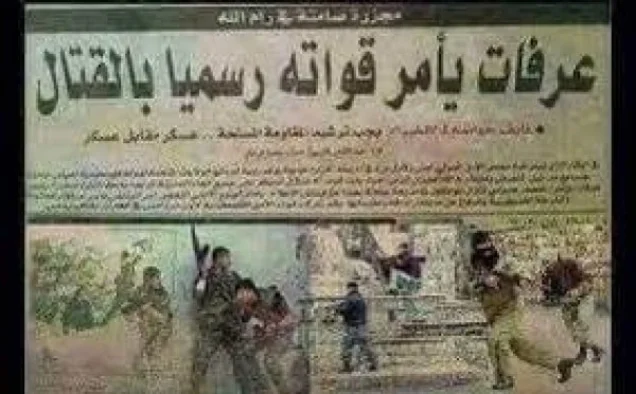
After the Israeli occupation authorities opened the gate of the tunnel extending beneath the Al-Aqsa Mosque and the Islamic properties surrounding it, which stretched for 450 meters, a meeting of the Palestinian leadership was convened at the invitation of the Palestinian President, Yasser Arafat. Arafat called on Palestinians to confront this aggression and sent messages to former US President Bill Clinton, King Hussein bin Talal of Jordan, and former Turkish President Süleyman Demirel, presenting to them the new aggression.
On the morning of Wednesday, September 25, 1996, Jerusalem woke up to the opening of the occupation for the tunnel gate, leading to violent clashes in the Al-Aqsa Mosque and its surroundings in the Old City, which later spread to most of the Palestinian governorates. This sparked a wave of support for Al-Aqsa and the sanctities, resulting in clashes that lasted for three days.
Sixty-three martyrs and more than a thousand wounded participated in the uprising, including school children and youth from Gaza, the West Bank, and occupied Jerusalem. They joined the ranks of the Palestinian National Authority in the confrontations to defend Jerusalem and Al-Aqsa.
The "Tunnel Uprising," with its fierce confrontations and the participation of all segments of Palestinian society, marked a new chapter in the Palestinian struggle. It demonstrated the Palestinian people's commitment to their land and sanctities, especially the Al-Aqsa Mosque, proving that sacrifices are not to be underestimated. The uprising showed that Palestinians have options beyond negotiations and settlement paths. Al-Aqsa returned to the forefront once again, and Palestinians affirmed that the occupation's red lines remain non-negotiable. This was and will remain the stance.

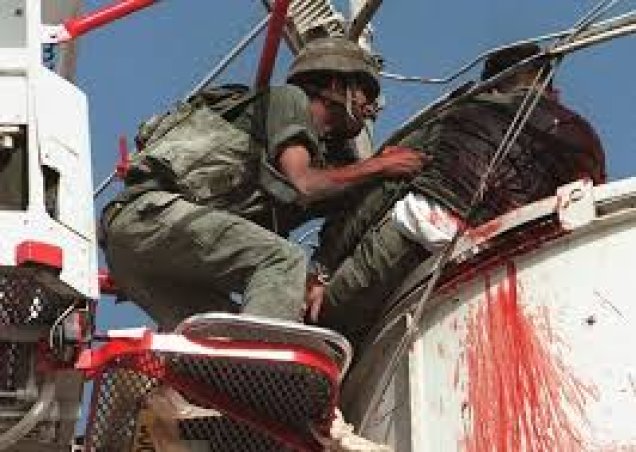
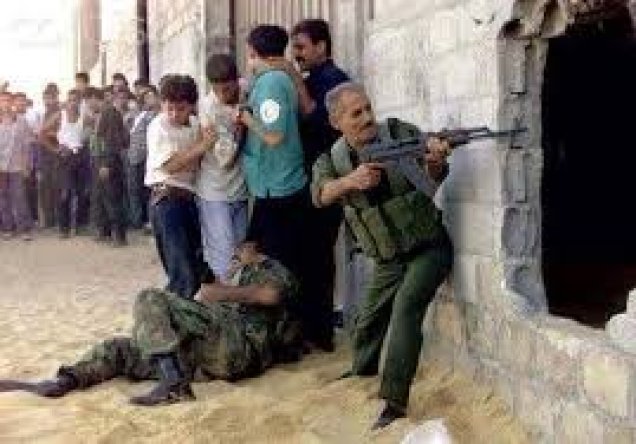
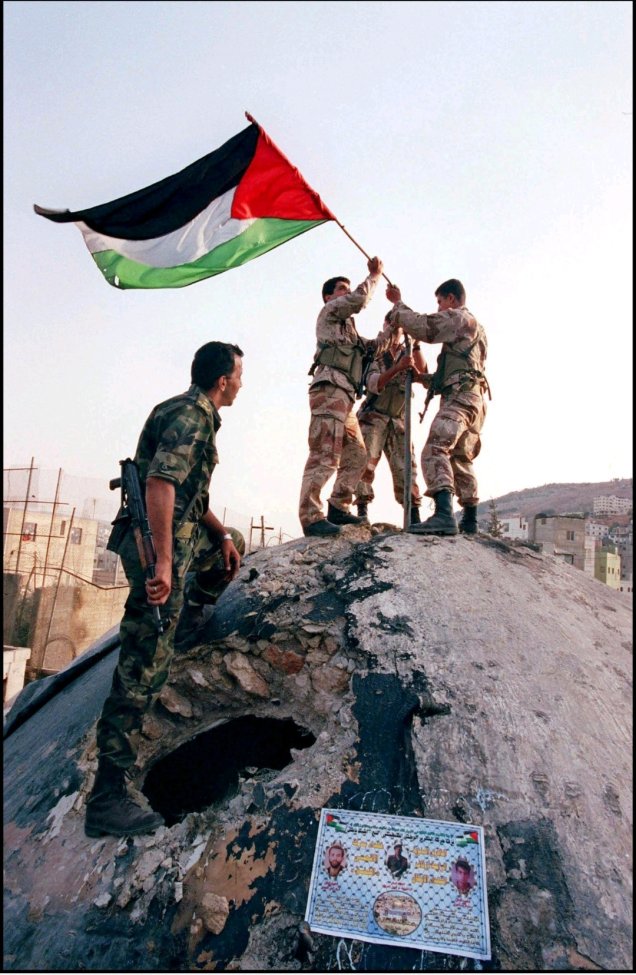

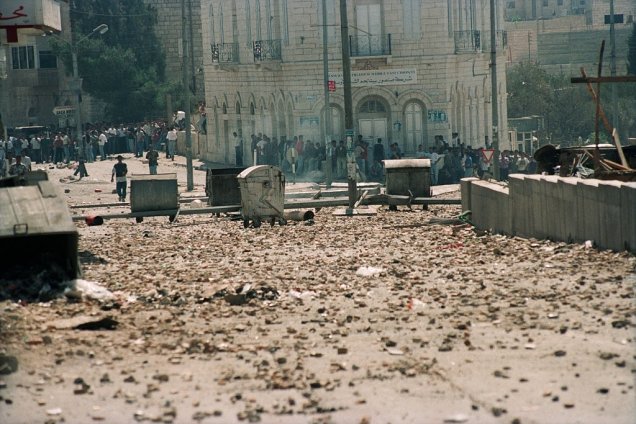
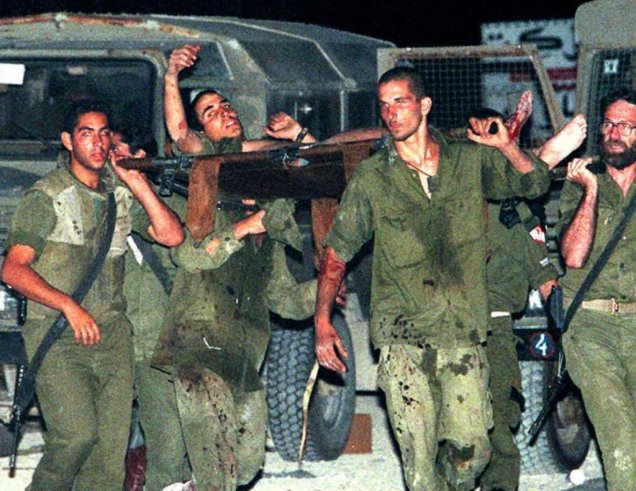
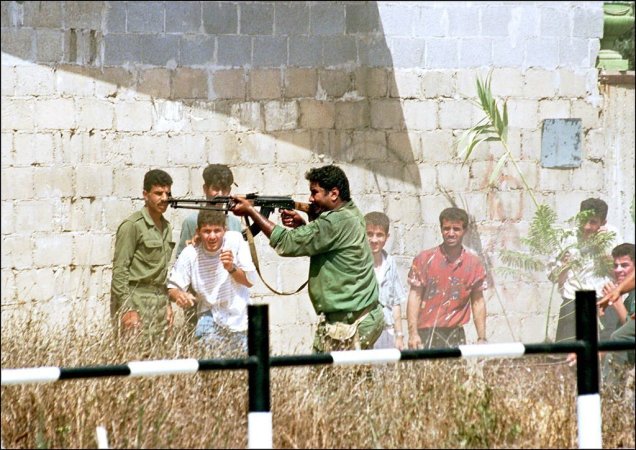
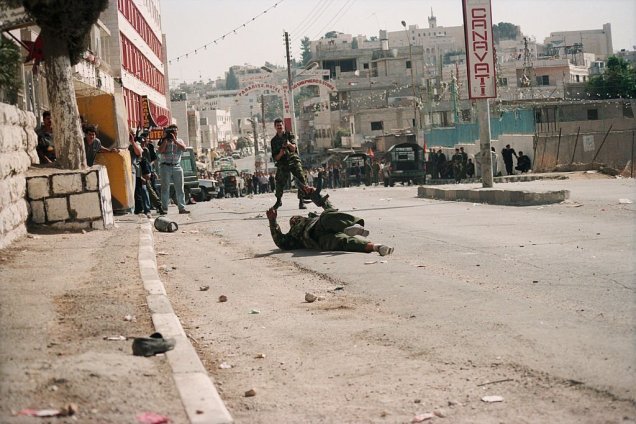
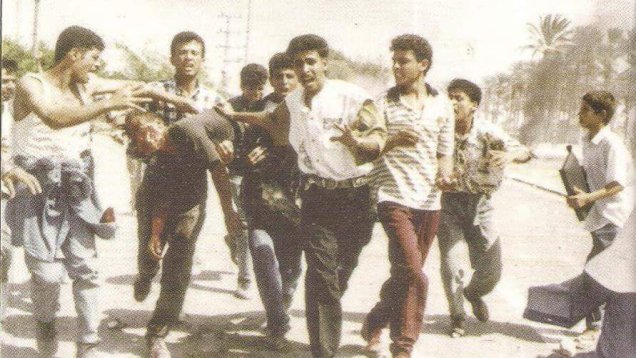
Share your opinion